The interior of Polar Pioneer was so warm that I regretted bringing just one tee shirt, and ended up buying two Aurora Expeditions tees for lounging around in. On board I wore polyester knit slacks and a pair of slip-on Sketchers. Going out on deck for air or photos I would don my water-and-wind-proof hooded parka. Although I’m basking in the sun in the photo below, I always had a pair of gloves (thin enough so that I could handle my camera) in one pocket and a knitted watch cap in the other.
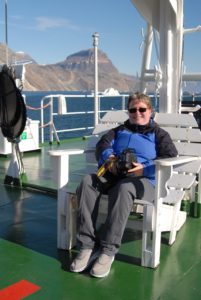
The view from the very top deck was spectacular, but the wind generated by the boat’s own motion usually made it too cold to stay for long. Here I am enjoying the sun while the captain picks our way v-e-r-y slowly through a fjord full of icebergs.
Excursions always involved riding in a Zodiac. Some excursions were nothing but boat rides which took us along the faces of calving glaciers, through iceberg lagoons or fields of sea ice, or along the barren, rocky coast. On other excursions we were in the Zodiacs only briefly, to get from ship to shore, where we explored on foot. We generally had two excursions per day, one of each flavor, and I learned to dress slightly differently for each.
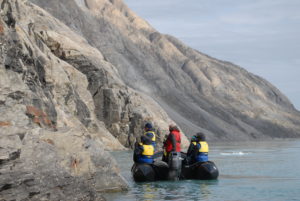
Some excursions were boat-based tours, while others landed us to explore on foot
Zodiac tours involved sitting still, with our butts on rubber pontoons just a couple feet above the near-freezing saltwater we navigated, for up to almost three hours. Although riding in the Zodiac was more comfortable than I expected, our temperatures dropped steadily. We didn’t generate much body heat just sitting and taking photos, and the cold breeze created by the boat’s motion carried away what little we did. My nose usually got uncomfortably cool first, followed by my toes, then my fingers, and finally my ears. What we were seeing was usually so fascinating, though, that while the boat’s driver would ask us every half hour or so if everyone was still comfortable, everyone held out as long as possible before admitting we were ready to return to the ship!
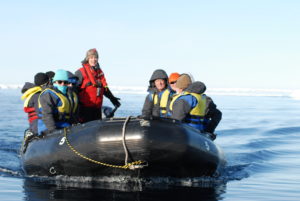
Riding in the Zodiacs was comfortable in spite of our butts being just feet above nearly frozen saltwater
For our Zodiac tours I wore two pairs of thick hiking socks under knee-high rubber-and-neoprene boots; my warmest long underwear; a pair of knit slacks and long-sleeved knit top; a thin fleece pullover; insulated and waterproof snow pants; the down liner of our expedition parka; the waterproof and windproof hooded shell of our expedition parka; a fleece neck warmer; a fleece-lined water-repellent trapper-style hat with ear flaps that fastened under my chin; wind-proof insulated ski gloves (which made it pretty much impossible to handle a camera!); and, on top of it all, the mandatory life vest.
By the time I was fully suited up, I was about as flexible and graceful as The Michelin Man! Just opening the cabin door was nearly impossible, and going down the flight of stairs to the boat deck felt downright dangerous, although by Day 3 I realized I was so well-padded I probably wouldn’t even get hurt in a fall!
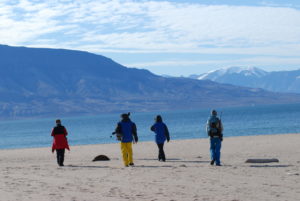
Land excursions gave us a chance to stretch our legs as well as admire scenery
On our first landing I wore the same layers I had for our maiden Zodiac tour. I nearly passed out from heat prostration as we took a slow, gentle stroll along a flat, firm beach.
Over the next couple landings I figured out that the best layering for anything involving activity was: two pairs of thick hiking socks under knee-high rubber-and-neoprene boots; my lighter long underwear; a thin fleece pullover; rain pants instead of snow pants; my brought-from home light hooded parka; a fleece neck warmer; a knitted watch cap; thin knitted gloves; and, on top of it all, the mandatory life vest.
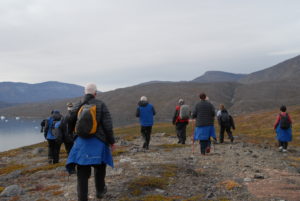
We got surprisingly warm on some excursions, removing layers as walked along
I still felt like The Michelin Man, but once we were ashore, I could strip off the life vest, and then could easily remove and replace, as needed, my neck warmer, watch cap, and gloves. On longer walks I often stripped off my light parka and tied it around my waist, slipping it back on if the breeze came up.
Walking across the Arctic tundra in approximately the same outfit I use for winter walks at home along the beaches of Puget Sound made the concept of global warming feel frighteningly real.
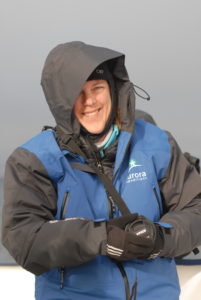
Trish models our expedition parka
Gearing up for these excursions alongside Trish in our narrow cabin was quite a production. Getting the base layers on was pretty easy, but each layer required a bit more effort and more “elbow room” to keep from accidentally whacking each other, but we gradually figured out how to keep out of each others’ way while also being close enough to lend a hand when needed. Even though we left our gloves for last, with our arms and torsos so layered up we couldn’t bend very well, we almost always had to help each other with the zippers on our parkas and life vests. We were overheating uncomfortably before we even got out the cabin door!
Although we were given a general idea at breakfast or lunch of when our next excursion would be, the plan often changed, and we were given only twenty minutes notice to be out on the bow ready to board the Zodiacs. The first couple of days, as we were still sorting out not only which layers we really needed, but also where in the cabin to keep each item of clothing so it could dry and air between excursions — there were drawers under our bunks, hangers in two lockers, shelves in a third, hooks by the door — it took us closer to half an hour to get out on deck, and we despaired that the last Zodiac would depart without us! They didn’t, of course, and over time gearing up got easier and we got more efficient. By the last few days of our 13-day cruise, we were dressed and on the bow within 10 minutes of the “Zodiacs will be reading in 20 minutes” announcement over the P.A. system.

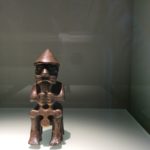
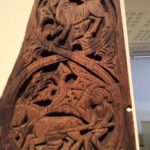
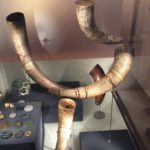

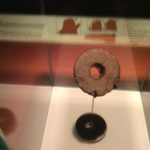
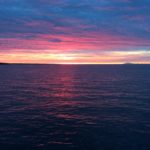
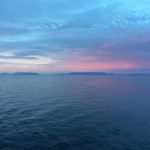
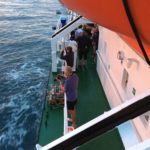

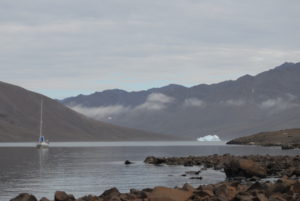
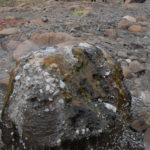
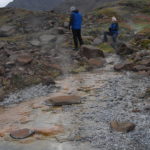
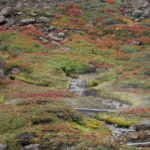
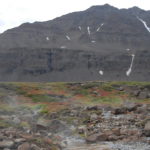
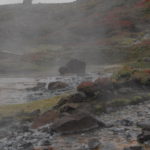

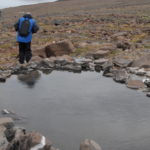
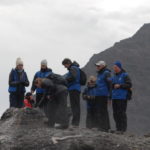
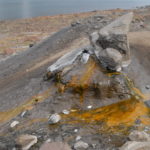
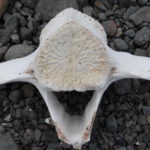
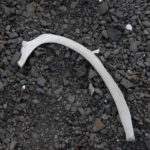
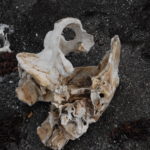

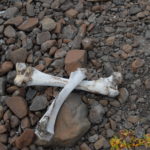

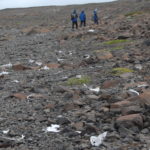

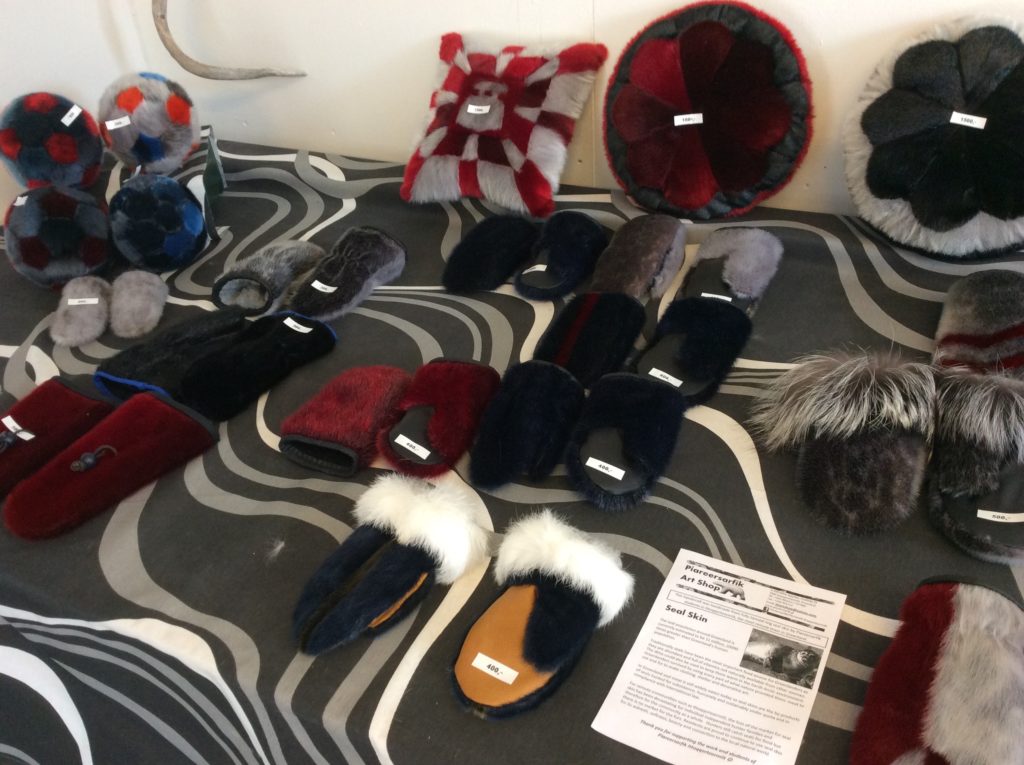

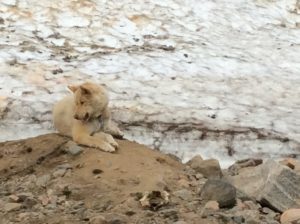
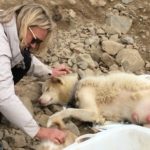
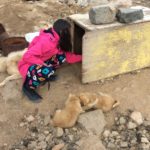
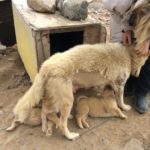
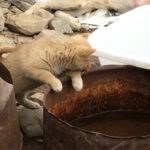
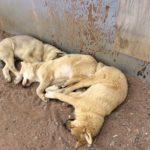
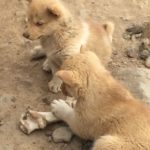
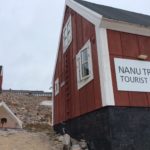
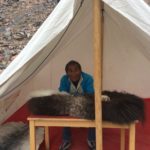

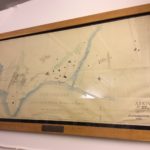

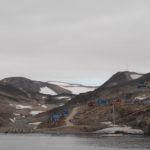
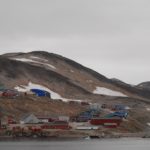
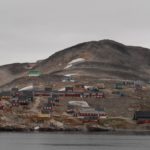
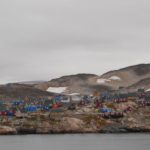
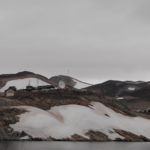
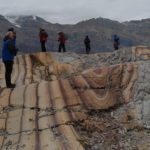
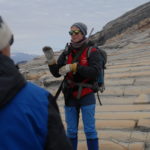
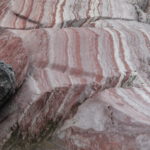
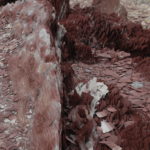
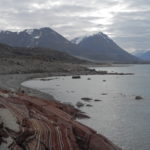
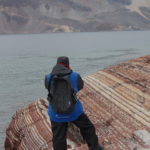



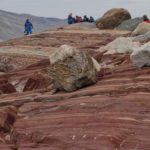
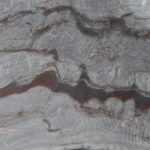
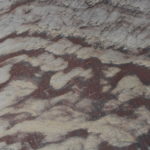

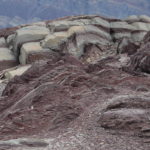
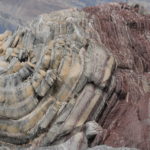
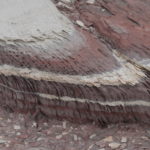
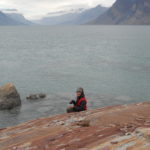
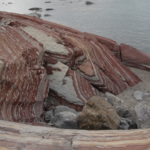
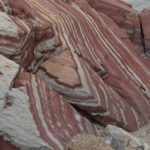
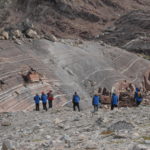
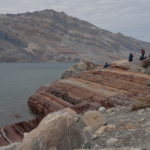






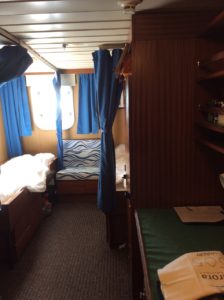
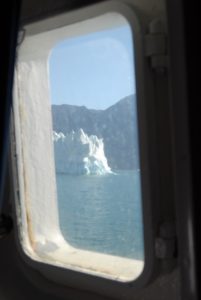

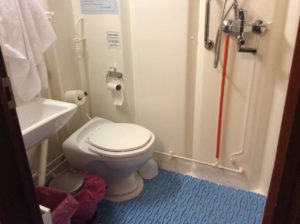
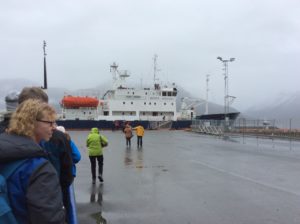
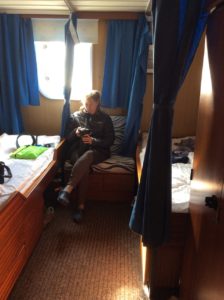
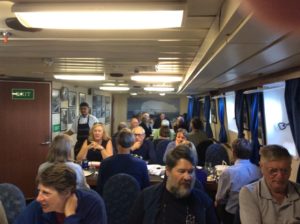
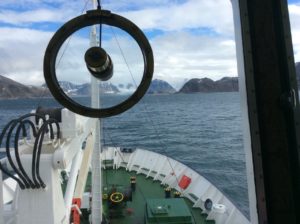
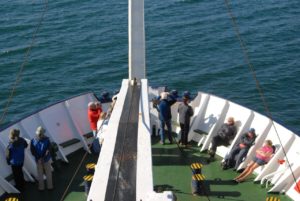
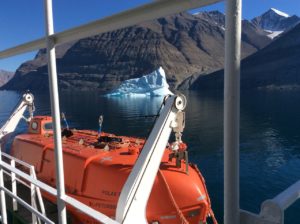
Recent Comments